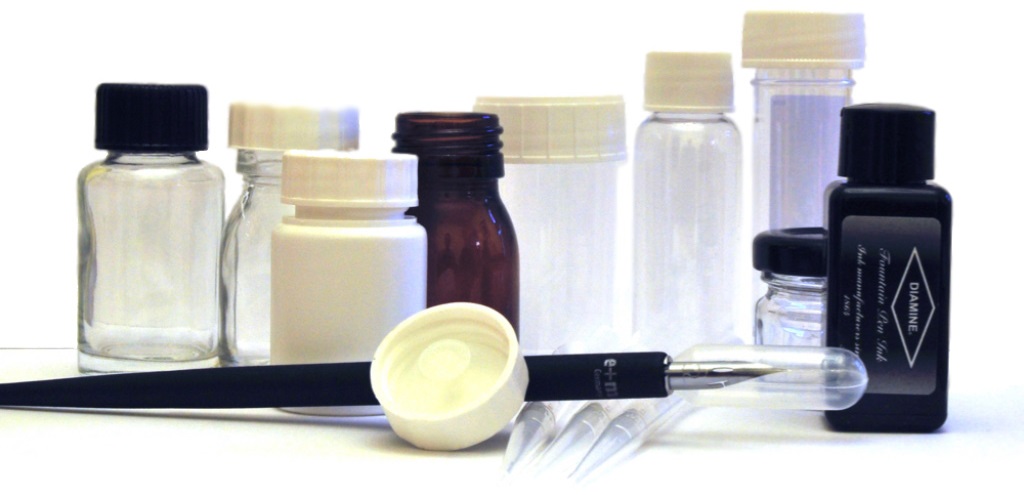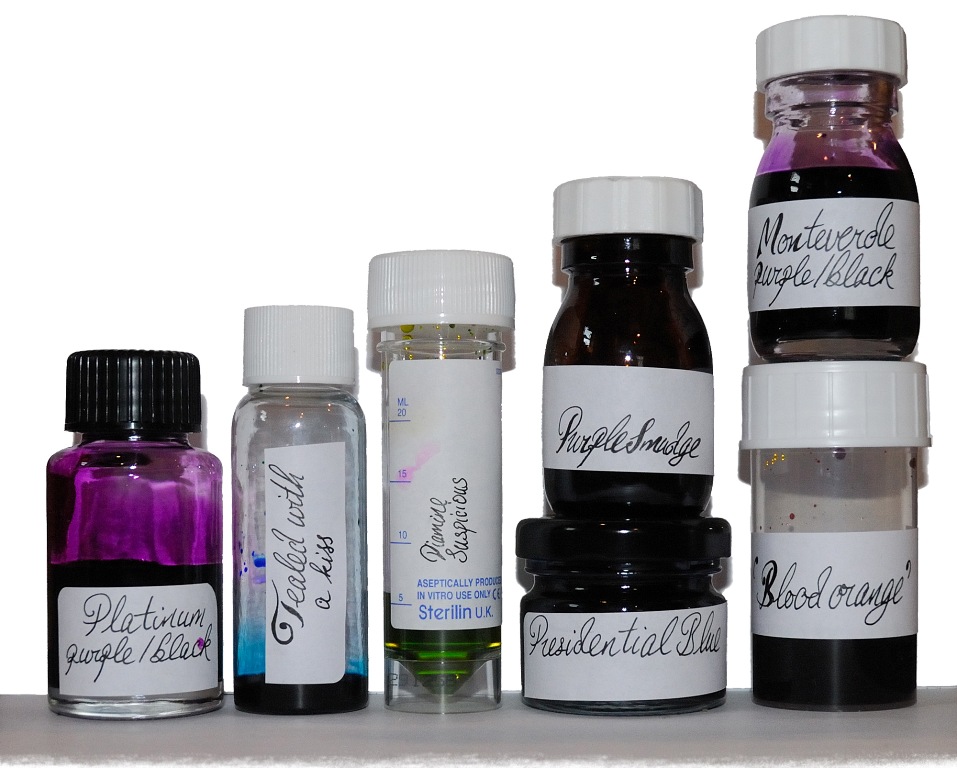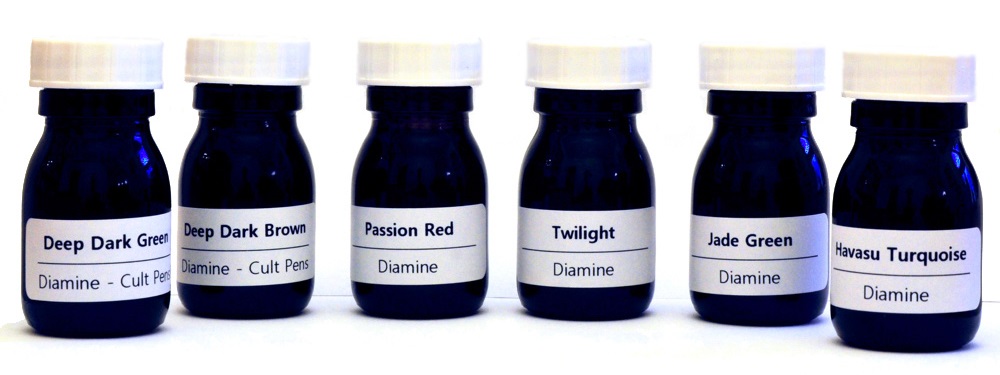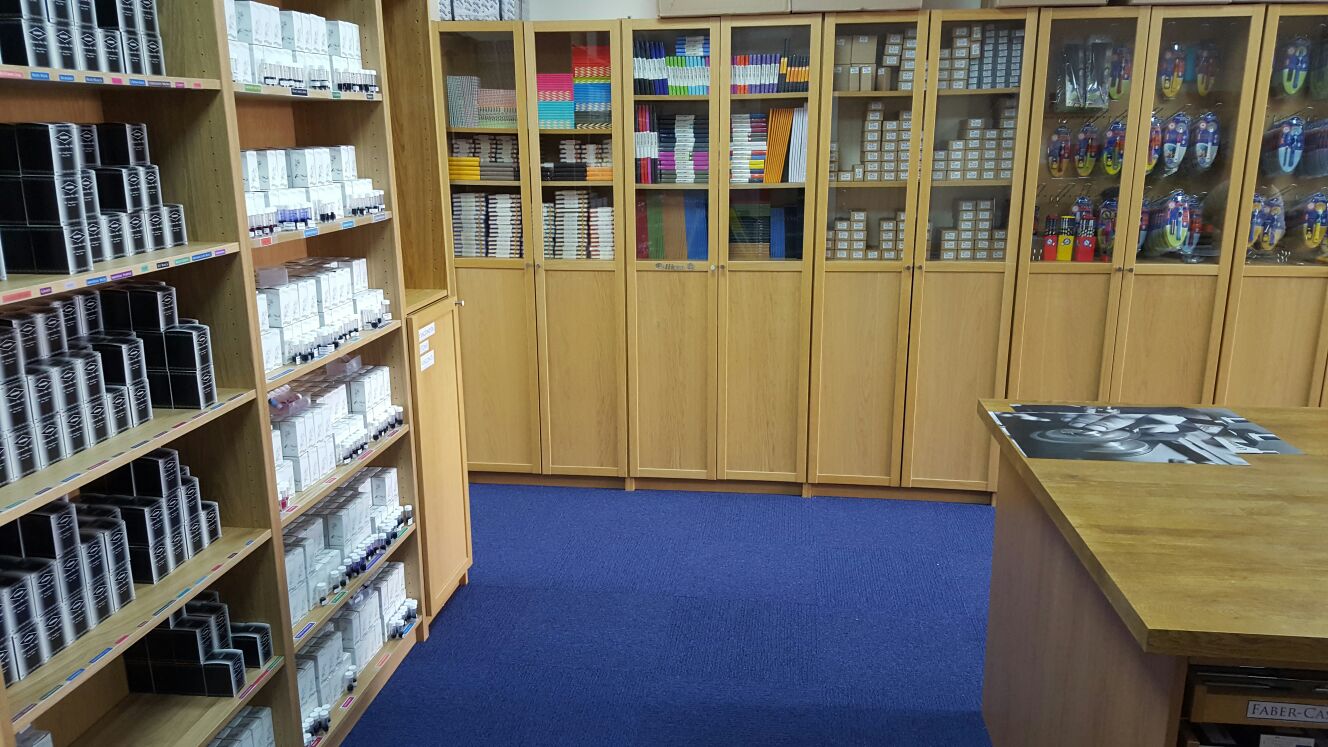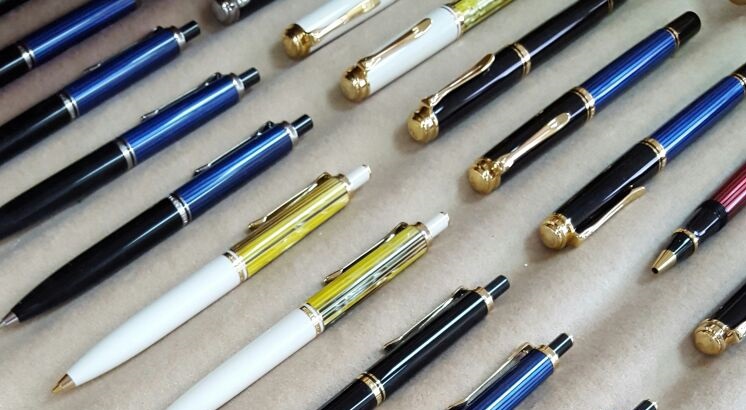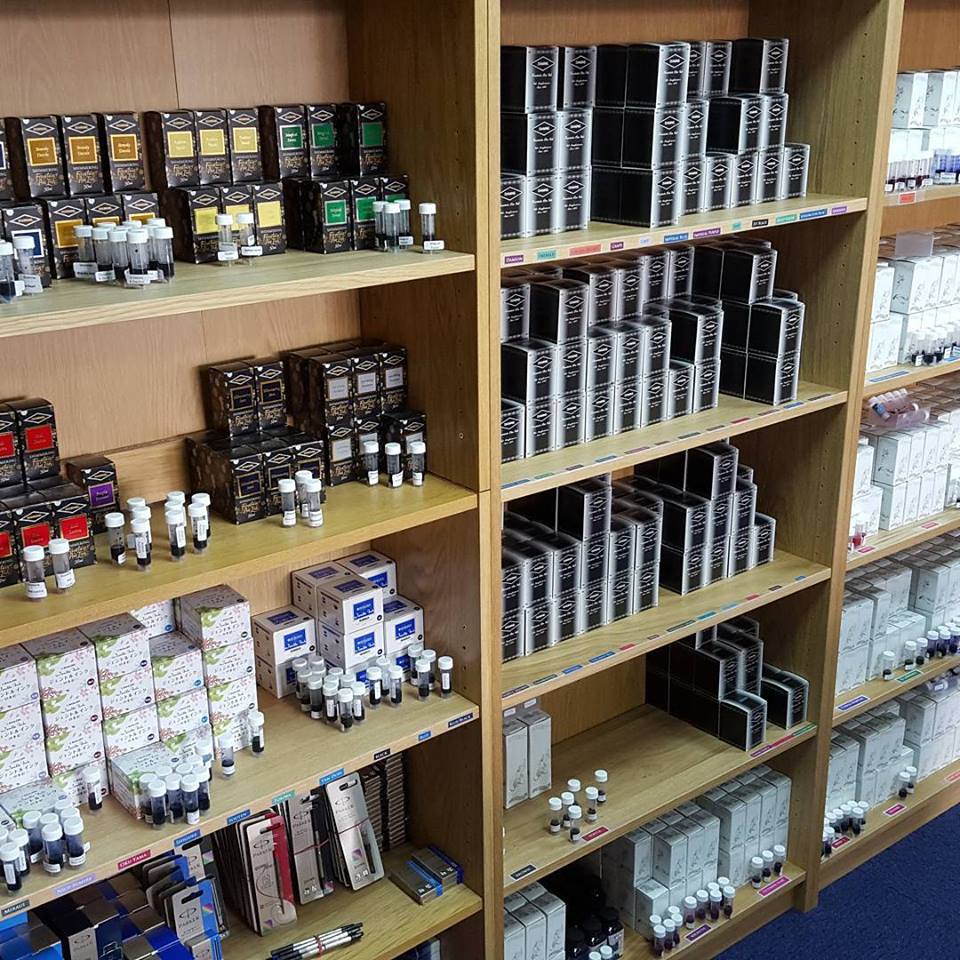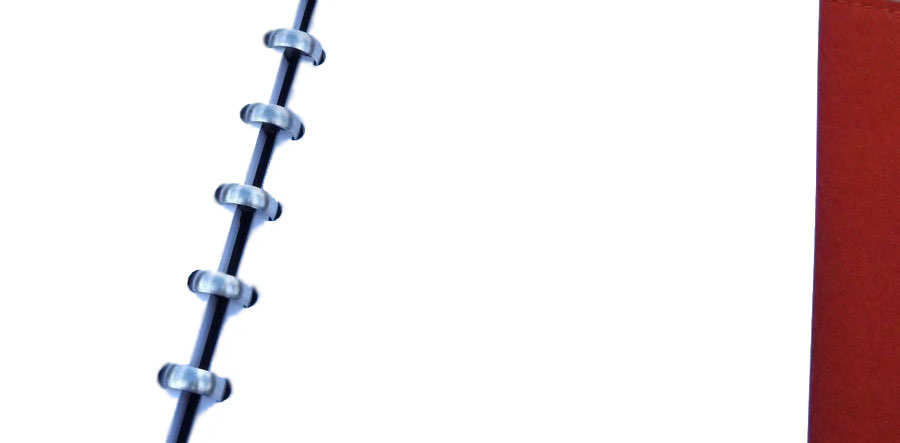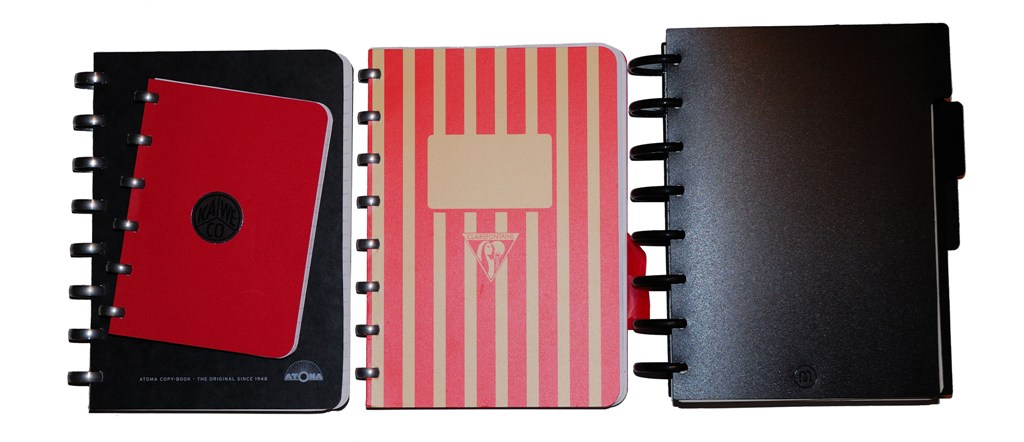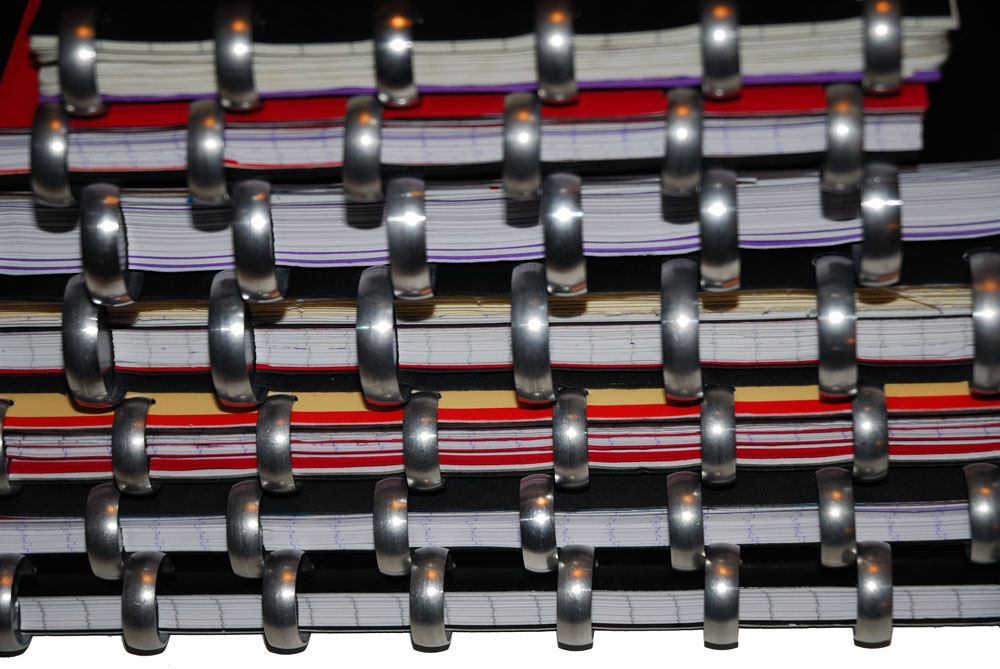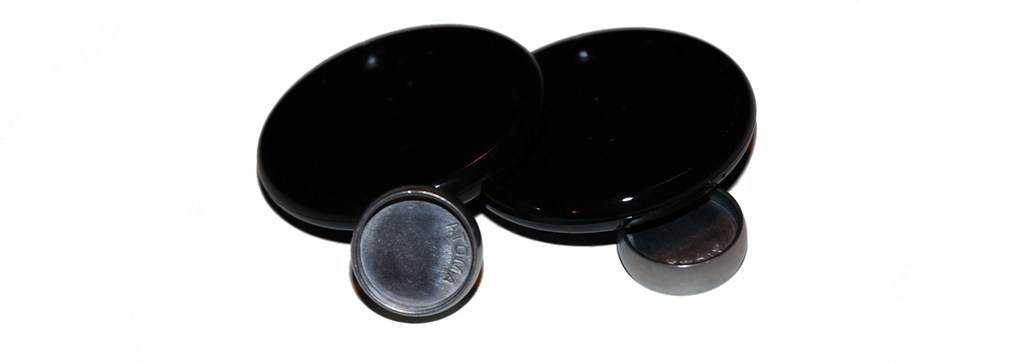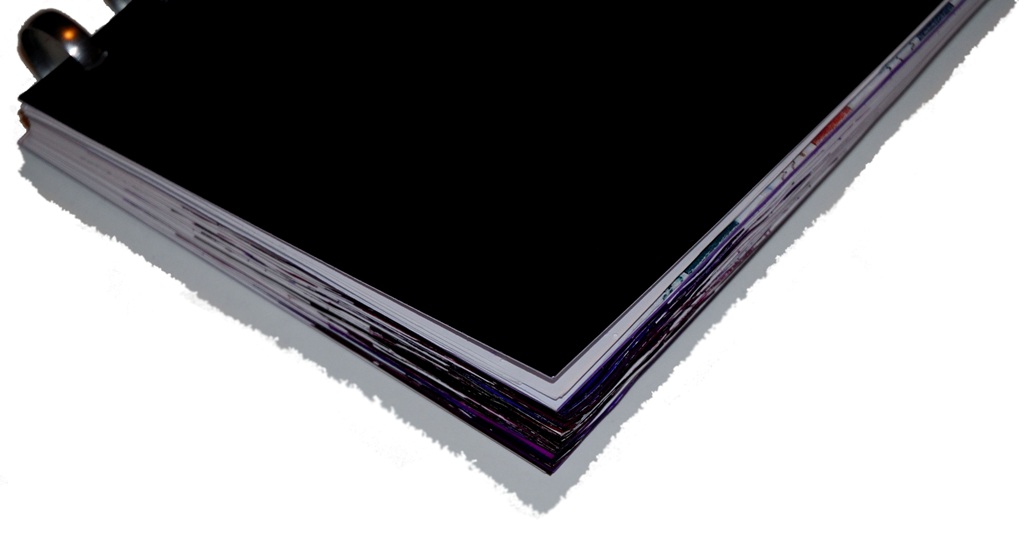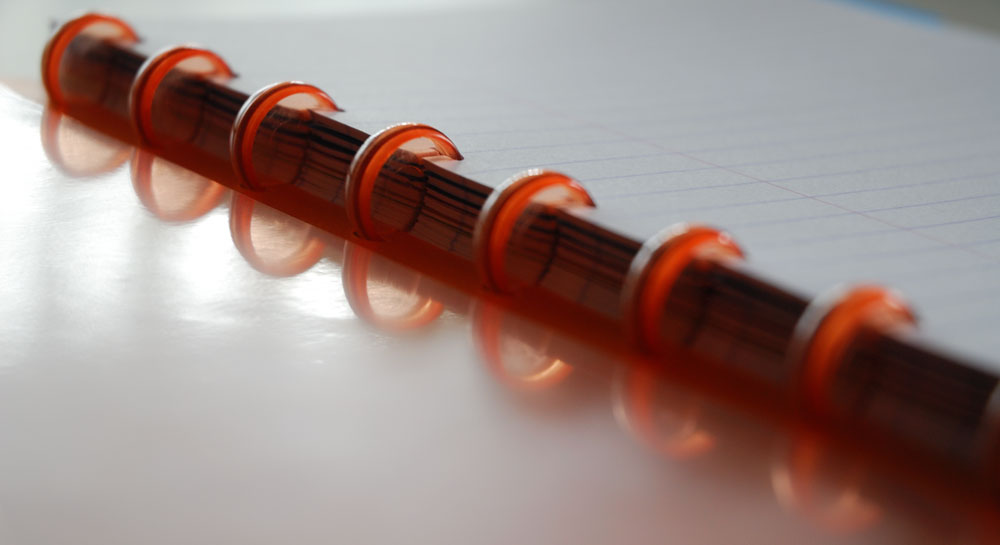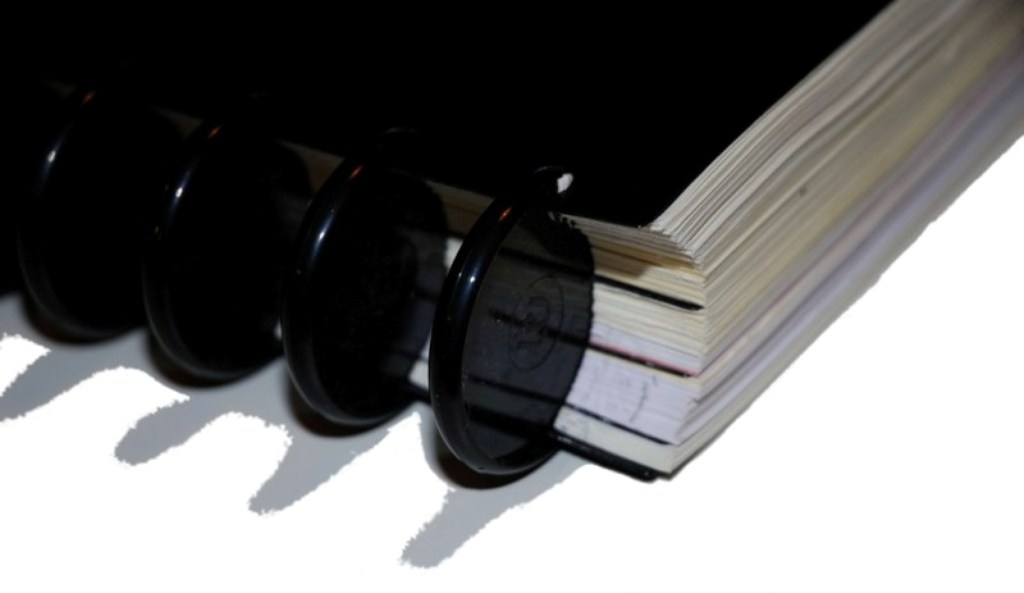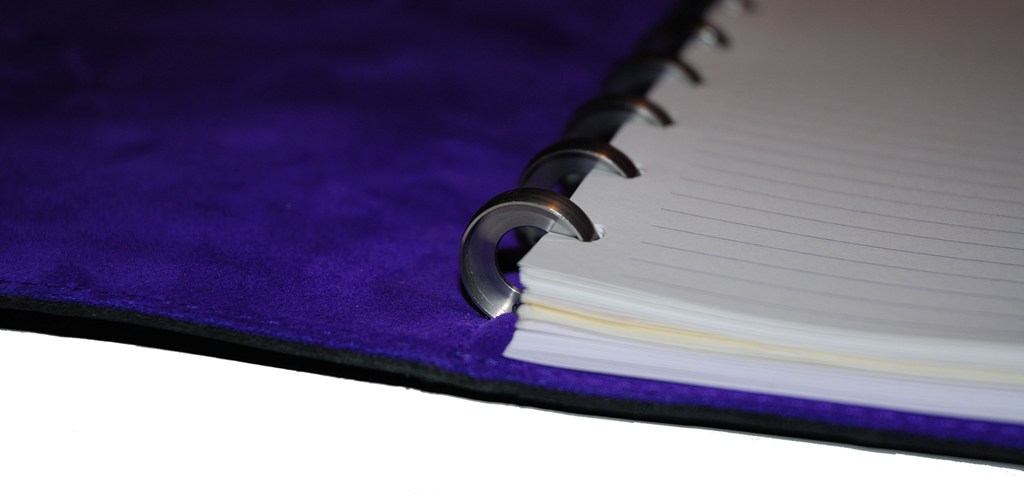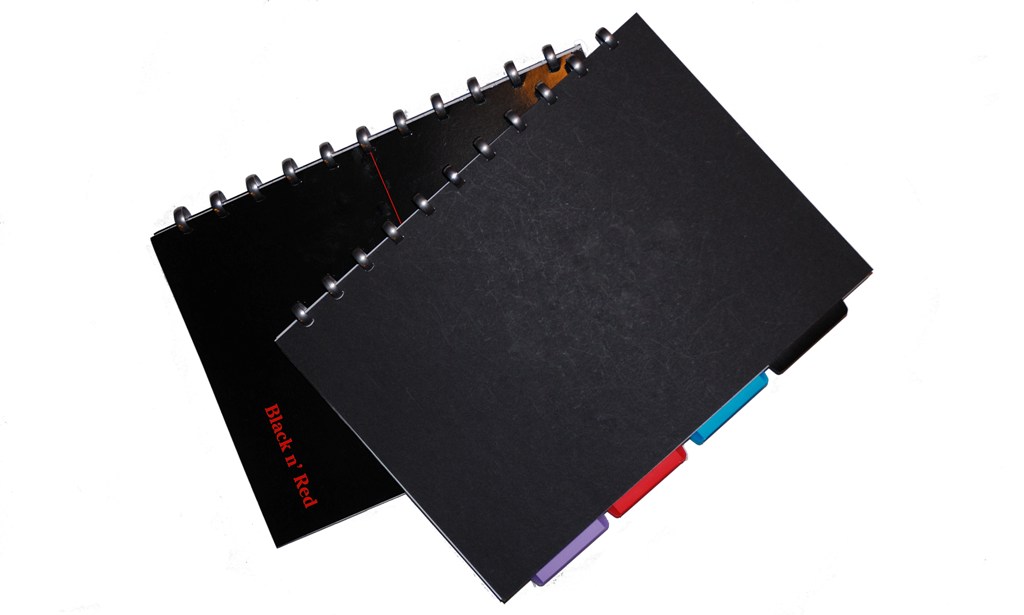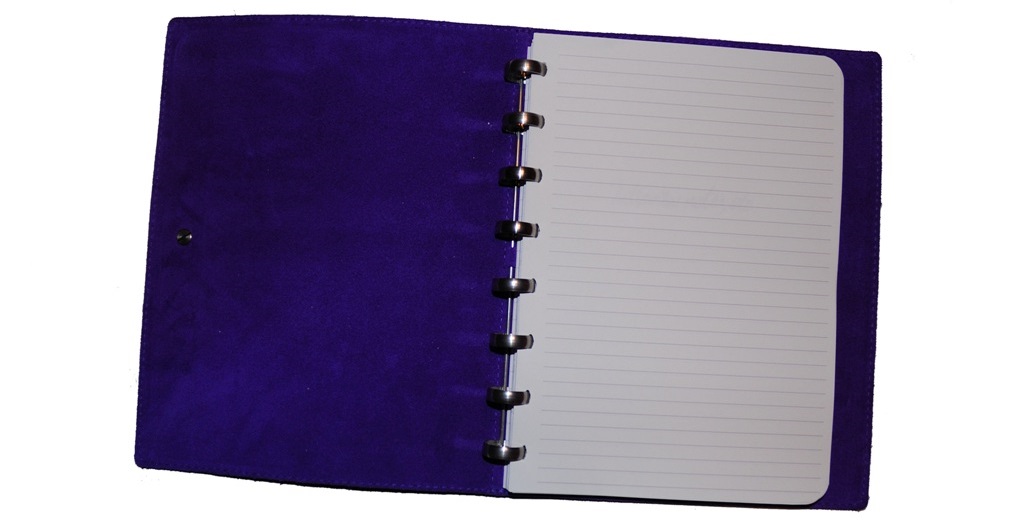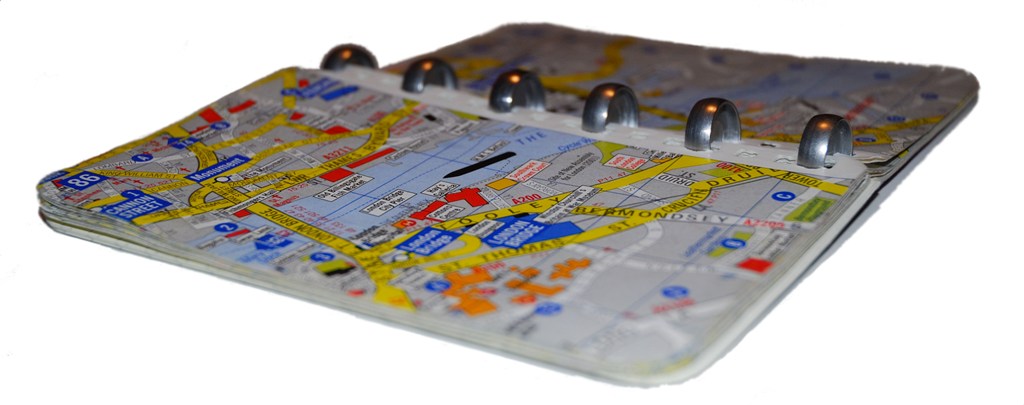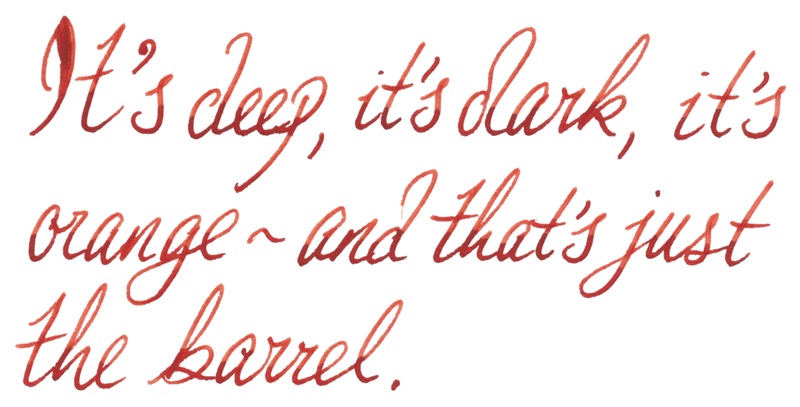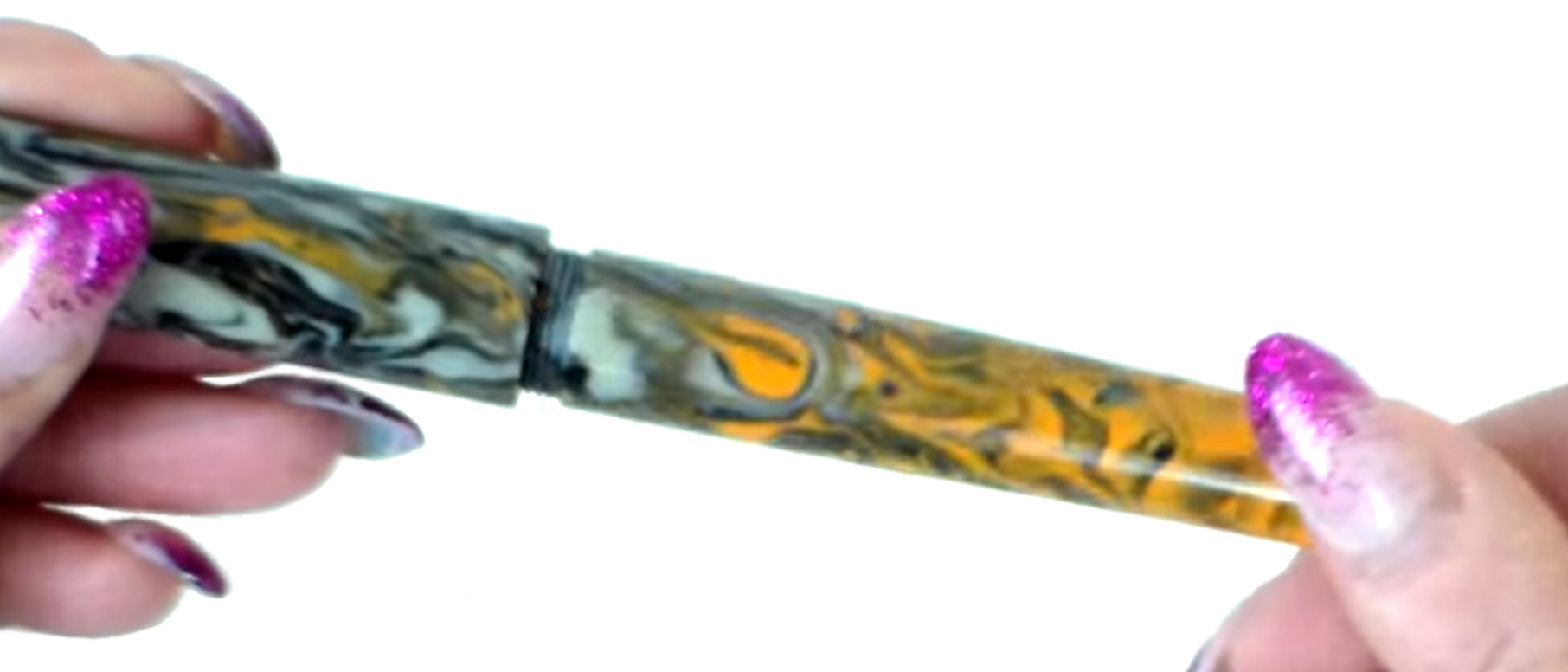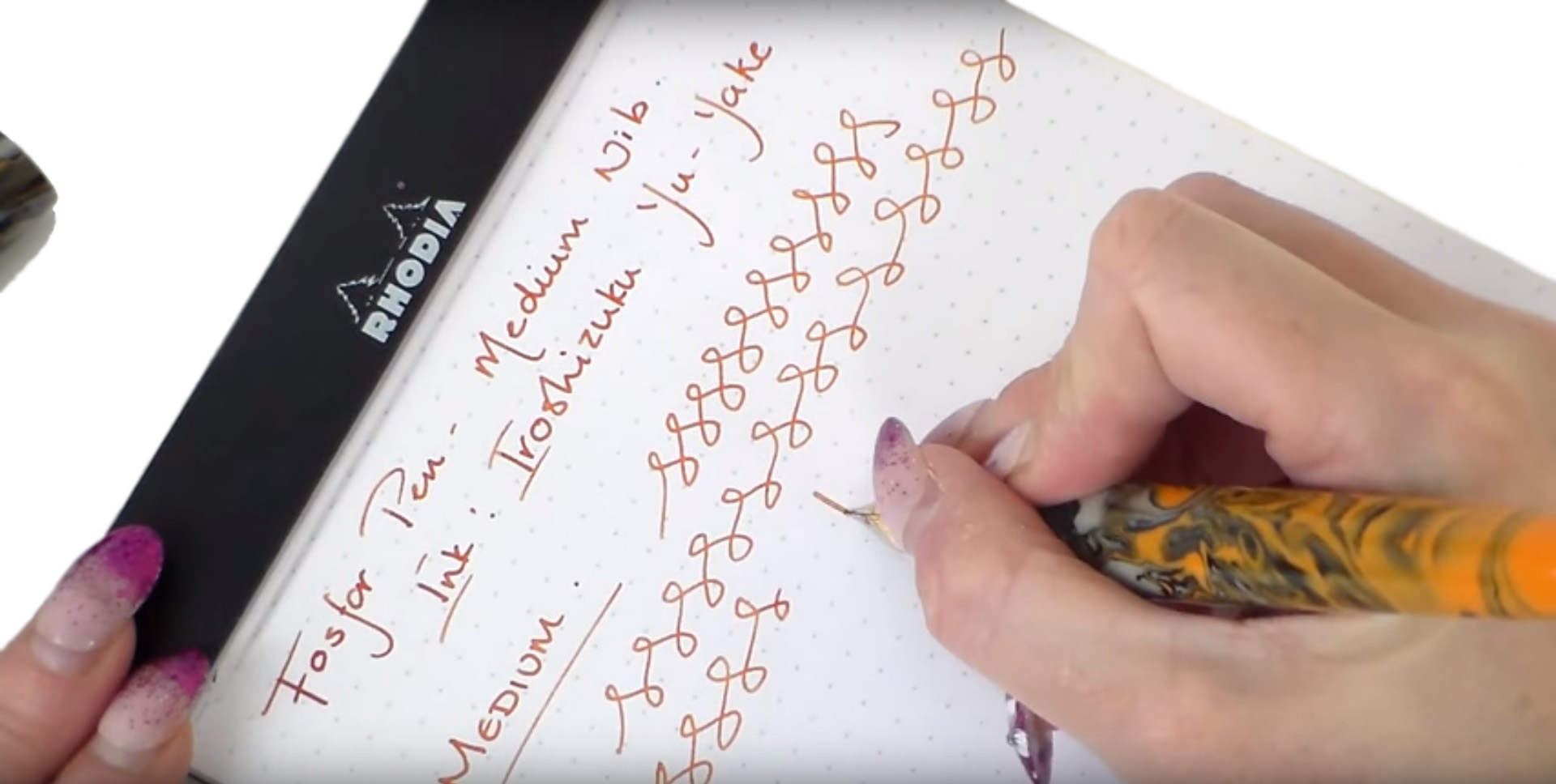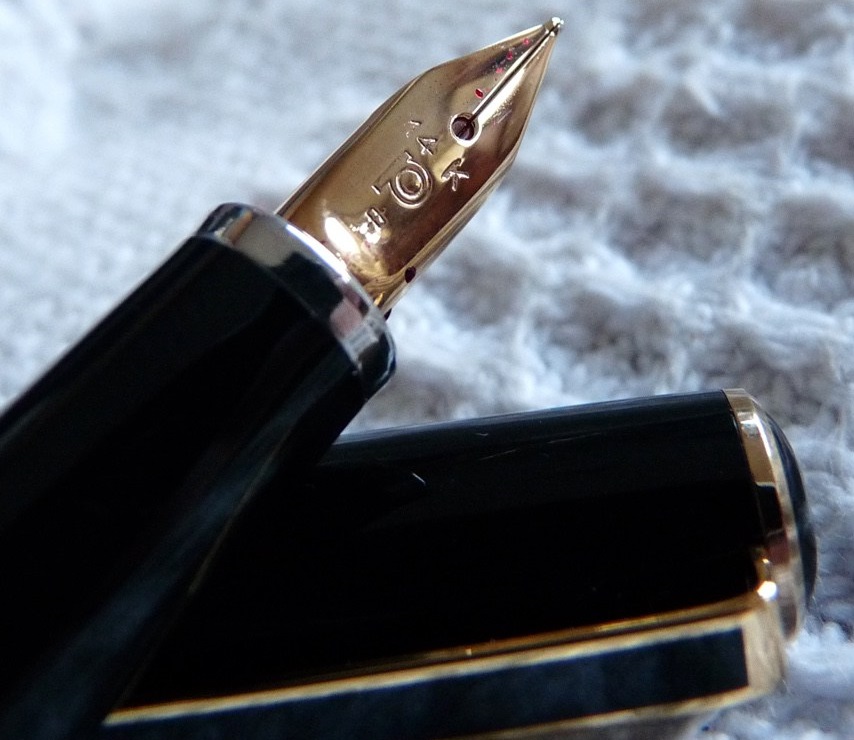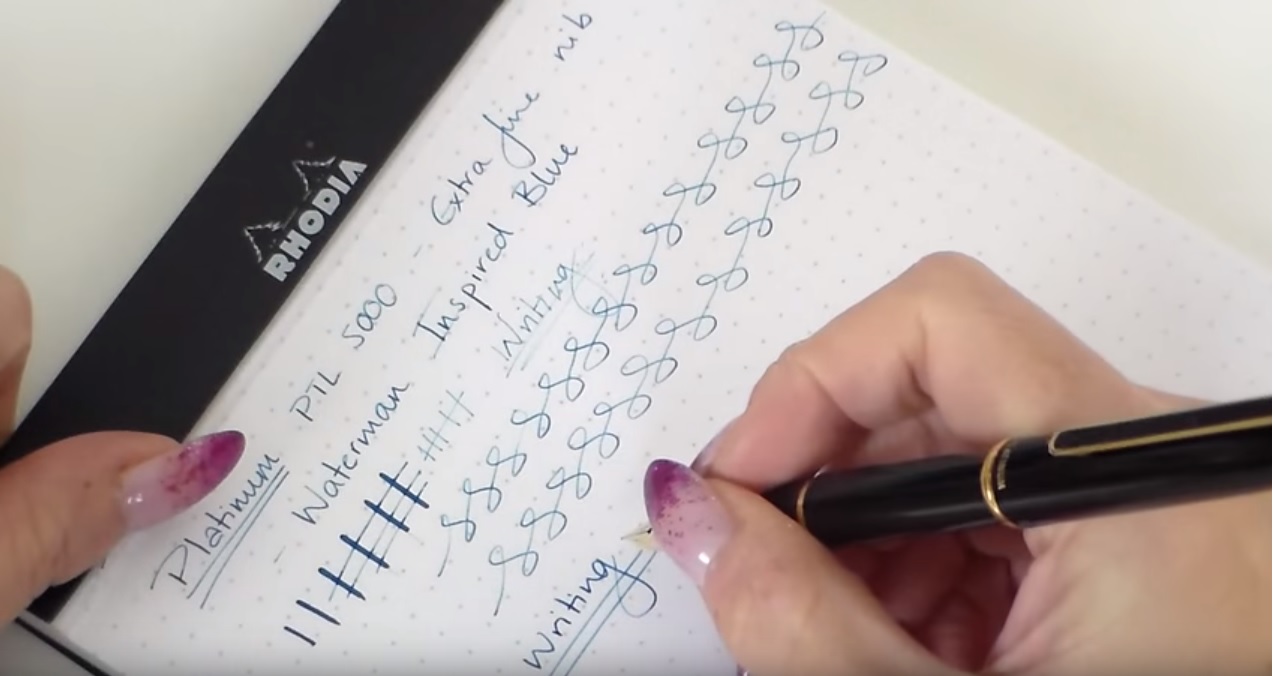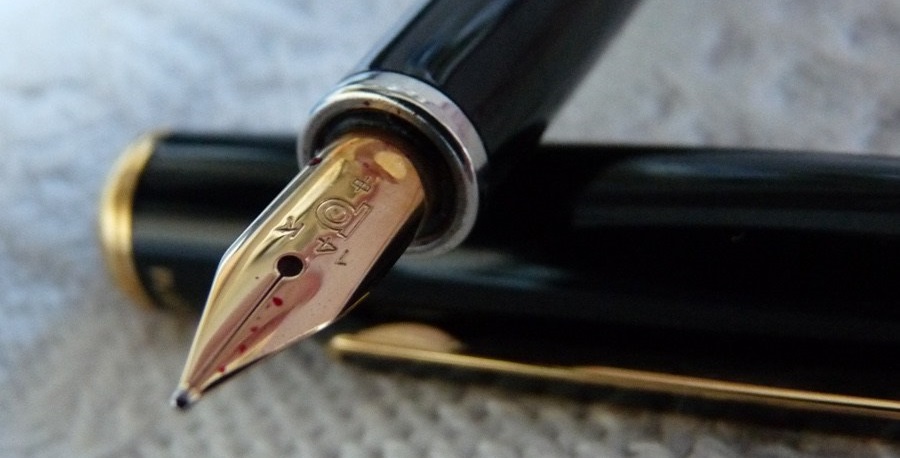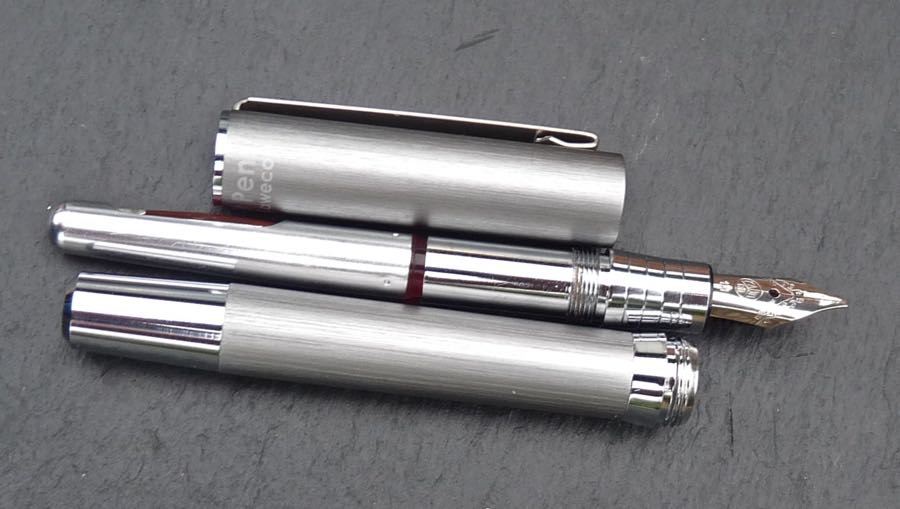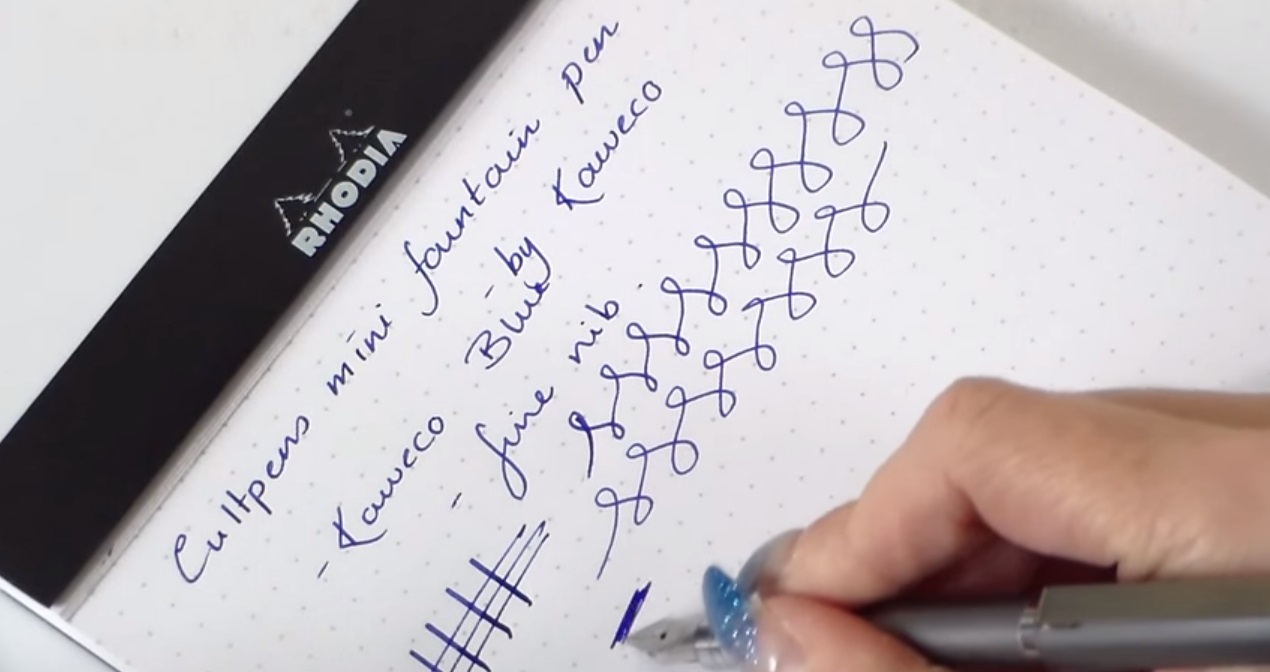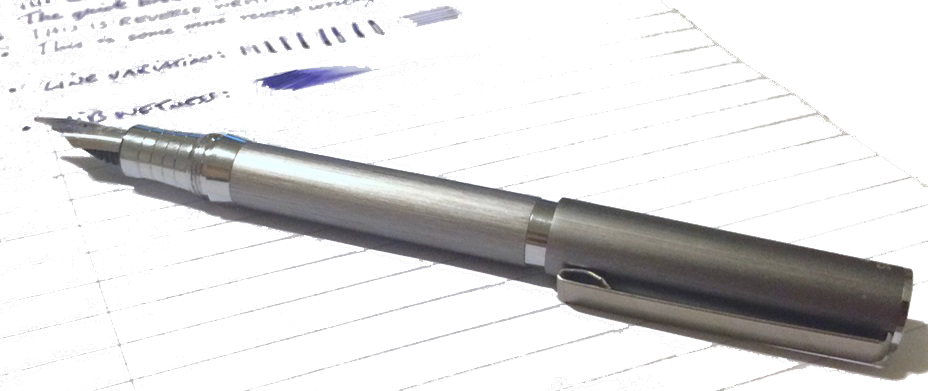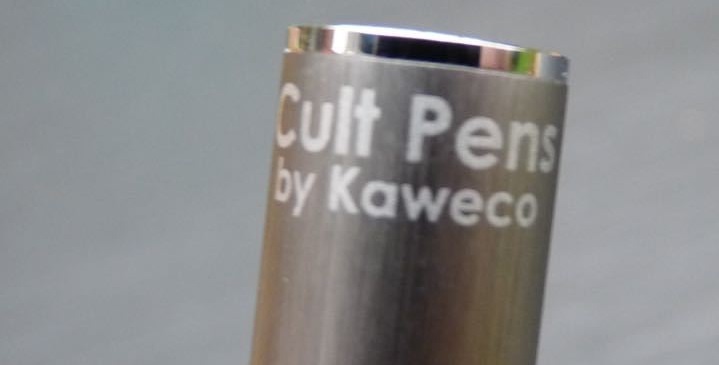The Pen Shop is, well, a chain of shops which sell pens. We caught up with Hannah, who handles awkward questions from fountain pen obsessives with great aplomb – as you’ll see:
So what’s the Pen Shop story? How did one or two shops become the ‘chain’ of outlets The Pen Shop has today?
Believe it or not we have been around since the mid nineteenth century! The company started as T & G Allan in 1858 when the first store was set up on Collingwood Street in Newcastle by local brothers Thomas and George Allan. They then started opening stores around the North East’s high streets: the stores had numerous different departments including stationery, books, gifts, pens, toys and greeting cards. People in the North East tend to have very fond memories of the T & G Allan branches and we still actually have a popular T & G Allan store up in Morpeth. Due to the stationery departments doing so well in these shops the company first opened a dedicated Pen Shop in Newcastle in 1946 which was the first specialist writing instrument shop in Britain. Since then we have opened stores all across the UK, our latest addition being at St.Pancras station in London.
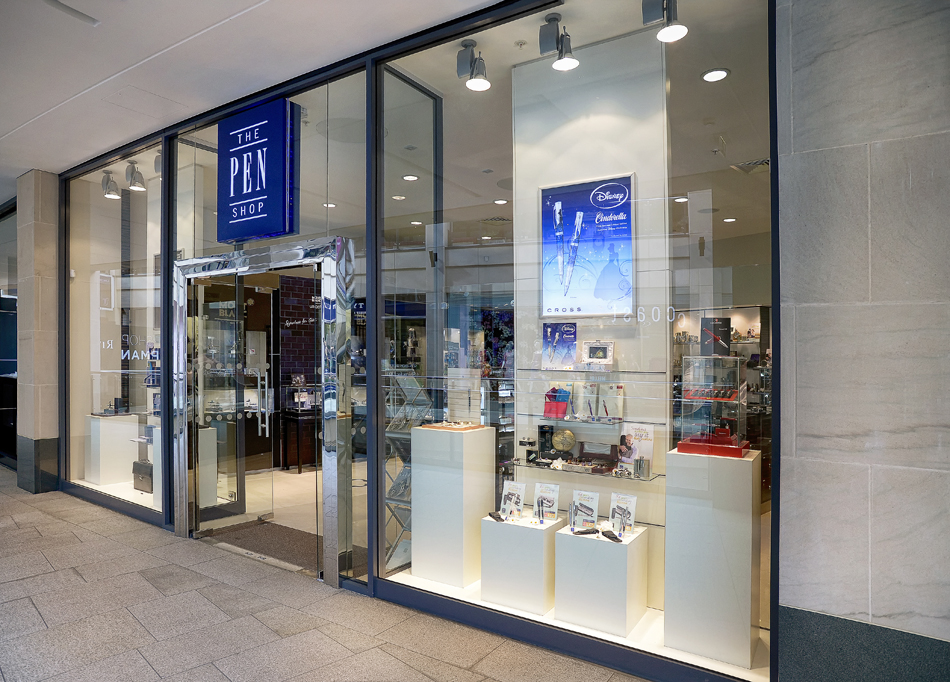
There aren’t so many proper fountain pen specialists based in North East England. Is having an HQ within smiting distance of the Angel of the North a help or hindrance?
For the most part I don’t think people always realise we are a North East company. Our directors do some travelling to and from London for meetings but with the power of email, conference calls and the occasional Skype everywhere’s pretty well connected – as we have stores all over the UK for people to visit I don’t think it matters too much if our Head Office is a little out of the way (although Tyneside is the centre of the universe, of course). As we were founded in Newcastle I think it is lovely that over 150 years later we are still based here. We like the human touch though, so we always encourage enthusiasts nearby to arrange a visit.
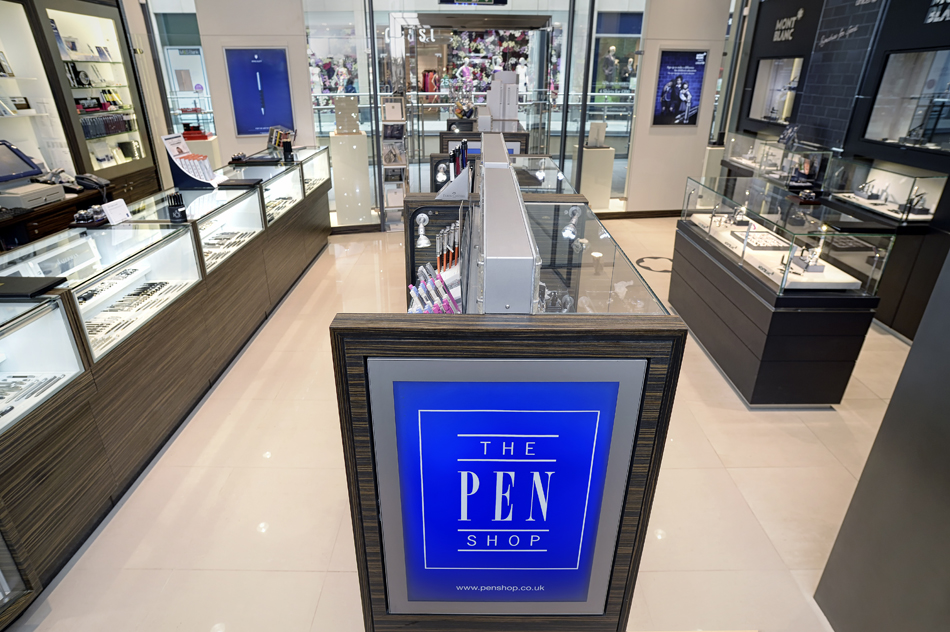
A lot of competitors have moved online-only, but you’re gradually growing the bricks-and-mortar business. What makes that work for you?
We are very proud of our physical stores as it gives customers the chance to go in, pick up a pen and try it for themselves. There is something special about that which you can’t always experience on-line. In our shops you can try the various pens on offer, test the nibs to see which one is best for your own individual style of writing, and bend the ear of our staff too. Our staff are an enthusiastic bunch, and making sure they can get out to see the pens being made too seems to pay off; the majority of our managers have been here for 10+ years, our Manchester King Street manager has been here 30+ years – the one to beat however is our office manager at HQ who is on 38 years with the company. Once people come into The Pen Shop ‘family’ they don’t tend to leave, and that feel seems to get reflected when customers visit our stores. Running in parallel with our bricks-and-mortar business, though, is our on-line presence, an area of the business that we are investing heavily in – so expect to see more on the way!
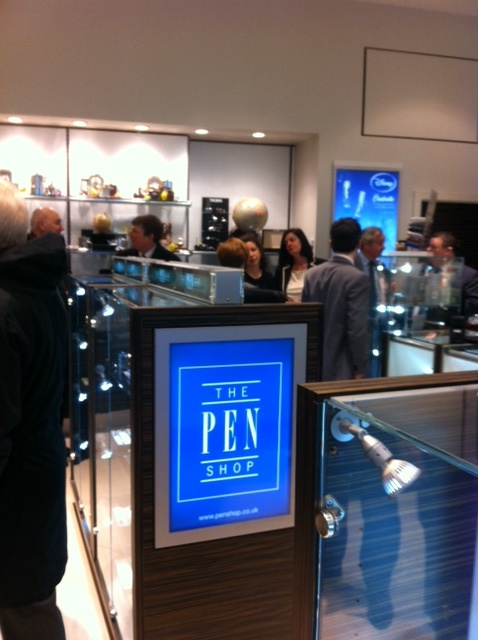
Us fountain pen enthusiasts can be a demanding crowd. What brands sell best to the cognoscenti – and what are they sometimes missing out on at the moment?
Montblanc is actually our best-selling brand, both on-line and in our stores. They seem to appeal to quite a wide cross-section of people. On the other end of the pricing scale our Dex pens are becoming a big hit with people starting out with fountain pens, which we’re always pleased to see. We do also find there’s a loyal fan-base for Yard-O-Led; they are one of the few British ‘big brands’ still going and with genuinely beautiful products we’re very proud to stock them.

Finally the key question – and be honest now – what pen is in your pocket today?
A bright purple Dex with a left-handed nib, which is surprisingly comfortable to use – and I’ve certainly tried my best to break it with my dreadful handwriting! I have even used purple ink and started using my special flowery Ted Baker notebook this week. Our Managing Director reckons the pen and ink you use is an extension of your own personality – so bright purple floral probably sums me up quite well…



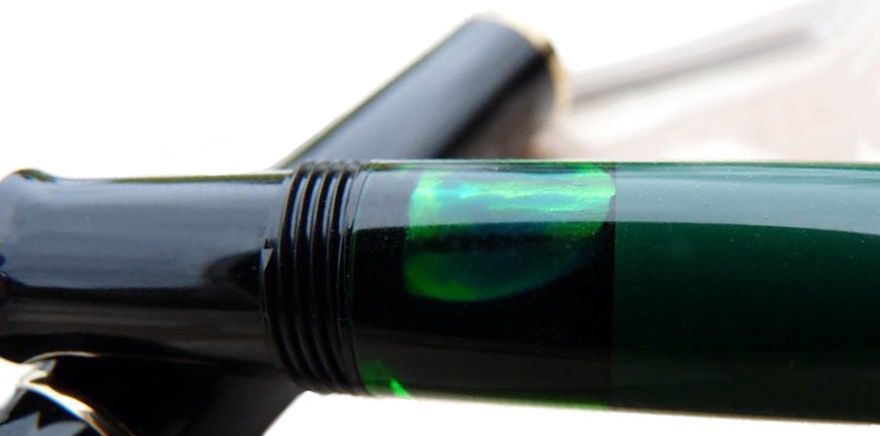
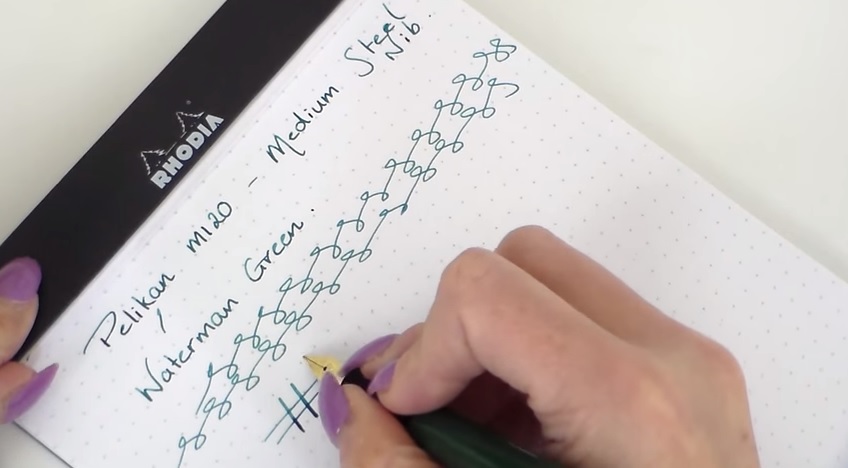
 Our overall recommendation If this floats your boat, don’t delay – it looks unlikely to be around for ever. But if you just want a small Pelikan and would rather not pay quite so much, a standard M200 is also worth considering.
Our overall recommendation If this floats your boat, don’t delay – it looks unlikely to be around for ever. But if you just want a small Pelikan and would rather not pay quite so much, a standard M200 is also worth considering.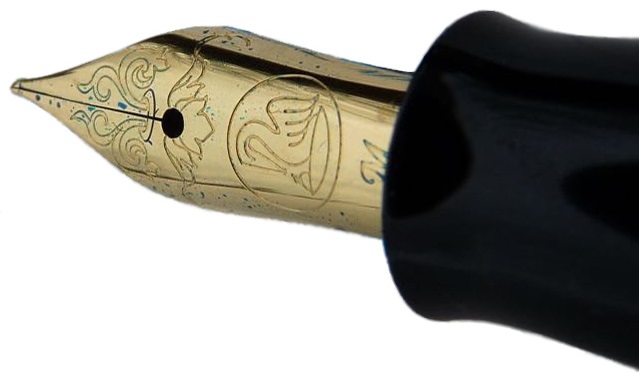 This meta-review references:
This meta-review references: